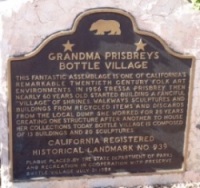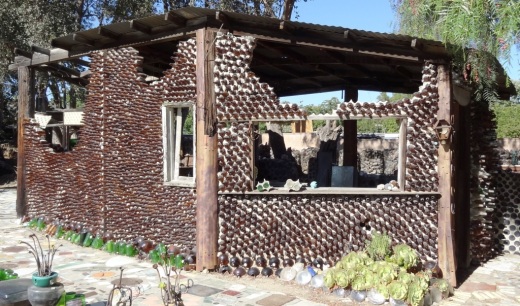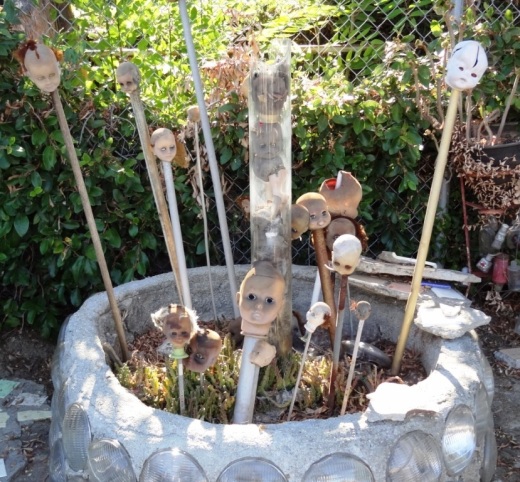Flashback to 1923: $400 an Acre for Lots in "Thousand Oaks" - A City in the Beginning
/In the spring of 1923, Morton D. Harris & Co. was selling 2 1/2 to 5 acre ranches at $400 per acre in "Thousand Oaks," a "city" in the beginning - the liveliest spot on the "Ventura Blvd." "Wonderful business opportunities...chicken and turkey ranches, grapes, fruit and berry tracts. Extensive water system now being installed. Good roads are being completed. And soon, yes, electric lights! Get these lots now for just 10% down and 2% per month!
According to the late Pat Allen, historian for the city, mostly farmers lived in the Conejo Valley in 1922. The 2,200 acre Crowley Ranch was sold and subdivided and lots were sold for $1,000. As lots sold and the population grew, developers held a contest to name the new village. Sixteen year old Bobby Harrington entered the name "Thousand Oaks." He won the prize and the rest is history.
Thousand Oaks became a subdivision of Ventura County on May 1, 1923, as recorded by the County Recorder. Thousand Oaks was incorporated as a city on October 7, 1964.


















